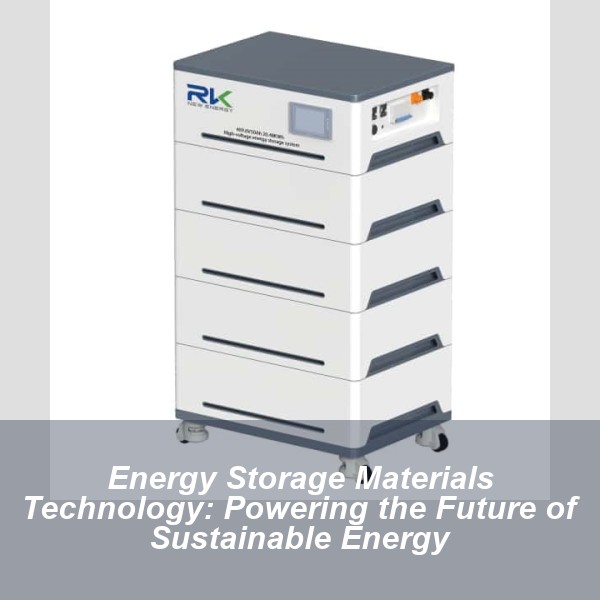Munich Solar Technology
Energy Storage Technology Types: Powering the Future Today
Why Energy Storage Matters More Than Ever
Ever wondered why your phone battery dies right when you need to send that urgent text? Now imagine scaling that frustration to power grids and renewable energy systems. Energy storage technology types aren't just a nerdy engineering topic – they're the unsung heroes keeping our lights on and electric vehicles rolling. From lithium-ion batteries to gravity-based systems, these technologies are rewriting the rules of how we store and use energy.
The Great Energy Storage Bake-Off: Top Contenders
Let's slice through the jargon and look at the real players in this energy storage showdown. We'll explore:
- Mechanical marvels (think pumped hydro and compressed air)
- Electrochemical rockstars (your phone battery's famous cousins)
- Thermal time capsules (storing sunshine for rainy days)
- Hydrogen hopefuls (the dark horse of clean energy)
Mechanical Storage: Old-School Tech Gets a Modern Makeover
Pumped hydro storage accounts for 94% of global energy storage capacity according to 2023 IEA reports. Here's how it works: pump water uphill when energy's cheap, let it rush down through turbines when demand spikes. It's like a giant water battery – except we've been using this "new" technology since 1929!
Modern twists include:
- Underground compressed air storage (using salt caverns as natural pressure cookers)
- Gravity storage systems like Energy Vault's 50-ton brick towers
Battery Bonanza: More Flavors Than Ice Cream
The battery world isn't just lithium-ion anymore. We're seeing:
- Solid-state batteries (coming to EVs near you by 2025)
- Flow batteries using liquid electrolytes (perfect for grid storage)
- Sodium-ion alternatives (cheaper than lithium, but can they compete?)
Fun fact: Tesla's Megapack installations can store enough energy to power 3,600 homes for an hour. That's like having a power plant in a shipping container!
Thermal Storage: Sunlight in a Thermos
Imagine storing sunlight in a giant battery... sounds like sci-fi, right? CSP (Concentrated Solar Power) plants in Spain already do this using molten salt at 565°C. The best part? They keep generating electricity 6 hours after sunset.
Storage Showdown: Real-World Applications
Let's get practical with some numbers:
| Technology | Cost/kWh | Efficiency | Lifespan |
|---|---|---|---|
| Lithium-ion | $137 | 95% | 10-15 years |
| Pumped Hydro | $165 | 80% | 50+ years |
California's Moss Landing Energy Storage Facility – the world's largest battery installation – can power 300,000 homes for four hours. That's like having a backup generator the size of a small city!
The Future Is Flexible: Emerging Trends
Here's where things get spicy:
- Second-life batteries (giving retired EV batteries new purpose)
- AI-powered energy management systems
- Hybrid systems combining multiple storage types
Did you catch the news about China's 100GWh sodium-ion battery factory? It's like the industry's saying "move over, lithium" – but will the chemistry hold up?
Hydrogen Hype vs. Reality
Green hydrogen storage could be the Swiss Army knife of clean energy. Recent projects in Australia are using excess solar to make hydrogen, storing it in abandoned gas wells. Clever? Absolutely. Cost-effective? Ask again in 2030.
Storage Smarts: Choosing the Right Tool
Picking energy storage technology types isn't one-size-fits-all. It's like choosing between a sports car and pickup truck – depends what you're hauling! Grid operators might need flow batteries for long-duration storage, while homeowners want compact lithium systems.
Take Germany's Energy Storage North project – combining wind power with underground hydrogen storage. It's like peanut butter meeting chocolate, but for electrons!
Storage Wars: The Road Ahead
As renewable energy grows (solar capacity tripled since 2019), storage tech must keep pace. The race is on to develop:
- Cheaper materials (goodbye cobalt?)
- Faster charging systems
- Safer battery chemistries
Who knew storing electrons could be so dramatic? From water towers full of bricks to salt that never cools, the energy storage revolution proves that sometimes, the best ideas are literally full of potential energy. Now if only someone could invent a phone battery that lasts...
- Pre: How to Load an Energy Storage Container Pack: A Step-by-Step Guide with Real-World Tips
- Next: Poland Energy Storage Power Manufacturers Ranking: Who’s Leading the Charge?
Related Contents

Energy Storage Materials Technology: Powering the Future of Sustainable Energy
Imagine a world where solar panels work 24/7, even when the sun’s playing hide-and-seek. Sounds like sci-fi? Not anymore. Energy storage materials technology is turning this vision into reality. From smartphones to smart grids, this field is rewriting the rules of how we store and use power. But here's the kicker: most people still think batteries are just "those things that die during Zoom calls." Let’s change that narrative.
